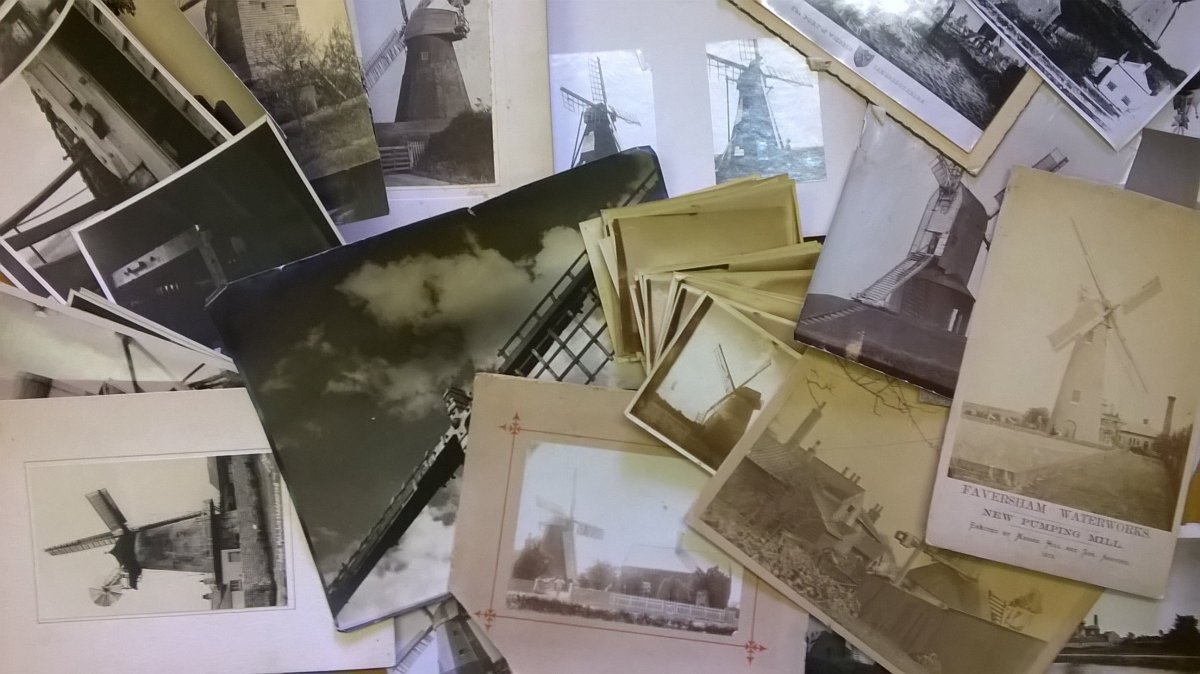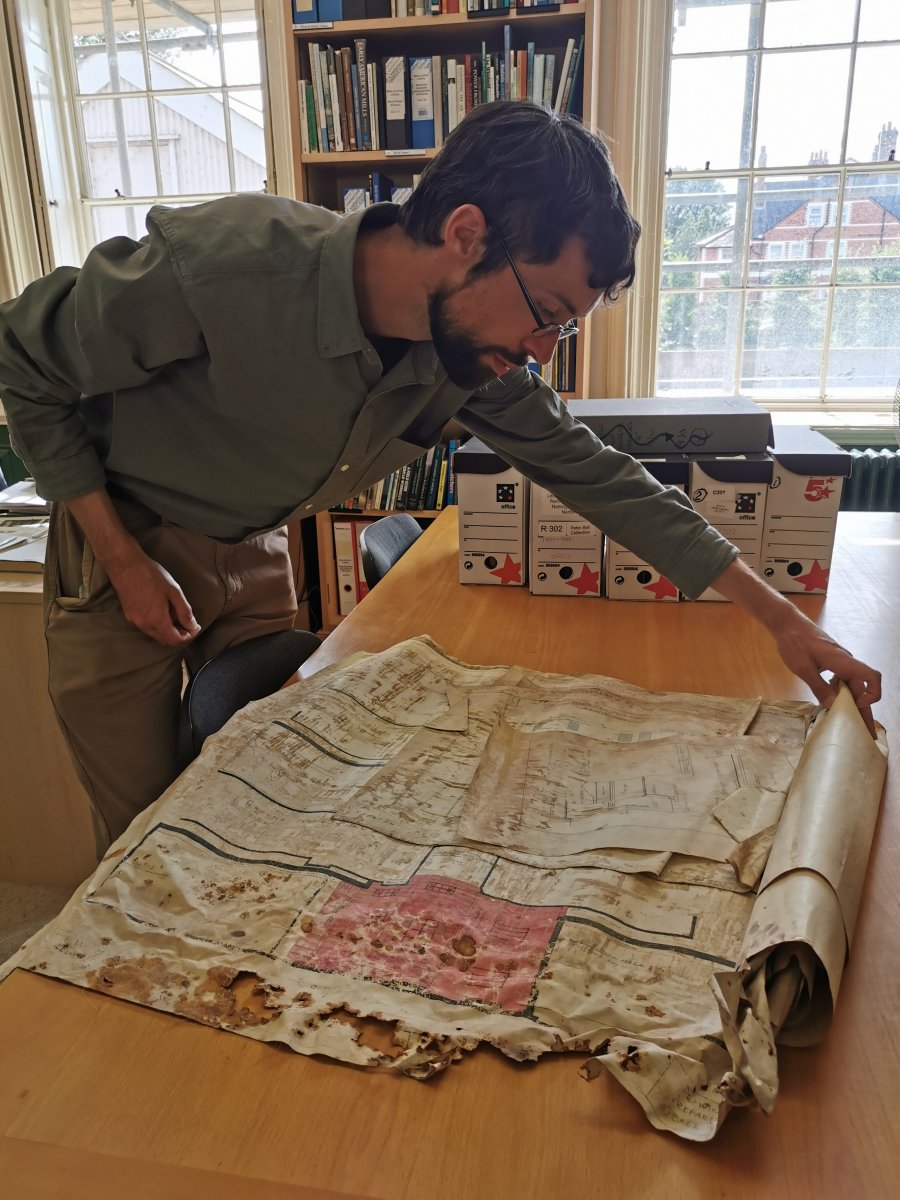Rex Wailes was the leading advocate of historic mills within the SPAB in the 1920s, and was involved in the founding of the SPAB’s Mills Section. Dr Ronald F Cookson, Chairman of The Mills Archive Trust, explores Rex’s lasting legacy.
The Mills Archive Trust recently has been given the 20th century’s most important mill collection by the Science Museum. The material had been assembled over decades by the late Rex Wailes OBE, Britain’s leading consultant for the repair of windmills until his death in 1986.
The move to the Archive followed long-term talks with the Museum. They had looked after the material assembled by Rex Wailes since his death in 1986, but had not made it available to the public. That is about to change.

Rex was an engineer and historian and in 1929 was appointed as technical adviser to the SPAB’s Section for wind and watermills, which was founded that year. He subsequently served as Chairman of the Section from 1971 to 1974 and was awarded the Esher Award in 1973 “for his outstanding pioneer work on behalf of mills”. In 1979 he was given the signal honour of President of the Section.
He was the major driving force behind the SPAB’s campaign to protect windmills, building on the public outpourings of concern for these glorious landmarks of the English countryside. Not only was he a good photographer, he ventured into many mills that were in a parlous state, recording them and suggesting priorities for attention.
As a result his collection is a time capsule of photographs, glass plates, large technical drawings, notes and correspondence immortalising their fascinating structures, the development of the windmill protection and repair movement, the people involved and the landscape that they shaped.

We are thrilled to have this collection in our safekeeping, and we are passionate about making inroads into the material so that researchers can learn more from its unique records.
There is much to do before the contents of the collection can be made publicly available. The collection is vast; items must be inspected, recorded, repackaged and assessed for potential repair, before being digitised so that anyone around the world can learn from and enjoy the insights that this collection contains.
The Archive commissioned a conservator’s report which concluded: “The overall condition of the selected items is poor with extensive stability issues requiring conservation intervention to allow the material to be used, these include: mould residue, often severe, and softening to the substrate; extensive surface dirt and staining; storage folds, tears, losses and crumpling/crushing; loss of colour and surface characteristics in particular through water damage; media degradation and offsetting; pressure sensitive tape and tape residue causing localised staining and embrittlement; metallic residues and substrate browning through contact with degradative components”.
All those interested in mills are lucky that after 33 years in limbo, the collection is in the Archive’s care, a registered charity and the nationally accredited repository for the history of milling. If you would like to support the work to conserve the collection, please visit the Mills Archive’s website.
You can support our work with historic wind and watermills across the country by joining as a member of our Mills Section.
